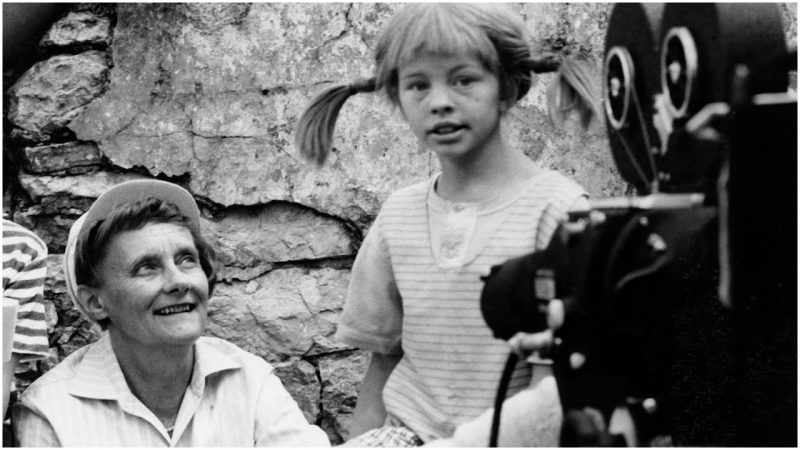She was boyish, she was opinionated, she was independent, sassy, and determined to live a “modern” life: Is this the rebellious pig-tailed Pippi Longstocking or the Swedish author who imagined her? Turns out the answer is both!
Astrid Anna Emilia Ericsson, born in 1907, was raised in a deeply religious family in a tight-knit town in southern Sweden. During her teenage years, she began charting her own course, which was pretty unusual for the day. She cropped her hair short and took to wearing trousers. She began writing, and her evident talent caught the eye of a local newspaper editor, Reinhold Blomberg, who knew her parents. He hired her as one of the only female trainees.
Astrid, just 19 at the time, thrived at the newspaper, but unfortunately for her future, her editor was interested in more than just her writing talent. Though Blomberg was in the process of divorcing his second wife, he was still married. He had seven children, the youngest of whom was the same age as Astrid.
Astrid and Blomberg soon began an affair. “Girls are so silly,” she later told a TV interviewer, according to Jens Andersen’s new biography Astrid Lindgren: The Woman Behind Pippi Longstocking. “Nobody had ever been seriously in love with me before, and he was. So, of course, I thought it was rather thrilling.”
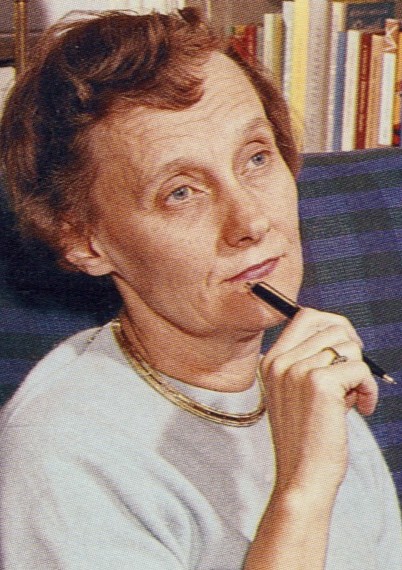
The affair was thrilling until Astrid became pregnant, and then it became a problem. To say it was a scandal is to put it mildly. Her parents, tenant farmers at the local rectory, were horrified and felt betrayed. They worried about how their neighbors would judge their daughter’s behavior.
Defiant Astrid decided to leave the suffocating confines of small-town life and fled to Copenhagen to give birth anonymously in a more forgiving cosmopolitan city. “Being the object of gossip felt almost like being in a snake pit, so I decided to leave the snake pit as soon as possible,” she wrote, according to Andersen’s biography.
For the first few years of his life, Astrid’s son, Lasse, was raised by a foster mother in Denmark, while Astrid lived in a boarding house in Stockholm, learning stenography—a skill that would prove useful once she began publishing fiction. It seems she once again had an affair with her employer, as she married her boss, Sture Lindgren, in 1931, shortly after his divorce with his wife was finalized. After they were married, Lasse came to live with them.
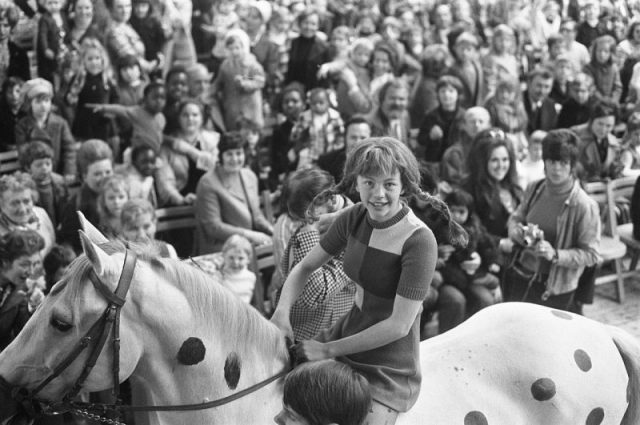
Three years later, Astrid had a daughter, Karin. When Karin was 7, bedridden with pneumonia and bored, she nagged her mother, as so many kids will do, to tell her a story. Karin made up the name on the spot: “Tell me a story about Pippi Longstocking.”
“I didn’t ask her who Pippi Longstocking was,” Astrid Lindgren told The New Yorker in 1983. “I just began the story, and since it was a strange name it turned out to be a strange girl as well.”
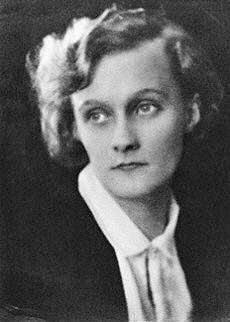
The “strange girl” reflected not just her creator but the World War II era in which she came to be. “Astrid’s war diaries from 1941 to 1943 indicate that Pippi was a response not only to the war but to the people behind its lunacy with their urge to terrorize and destroy,” Andersen writes in his absorbing biography.
When Pippi Longstocking was first published in 1945, the rule-breaking, authority-defying, but fair and kind-hearted Pippi captivated a public coming off the brutal war years. Lindgren became immediately and immensely popular and influential in her home country, a champion of children’s rights.
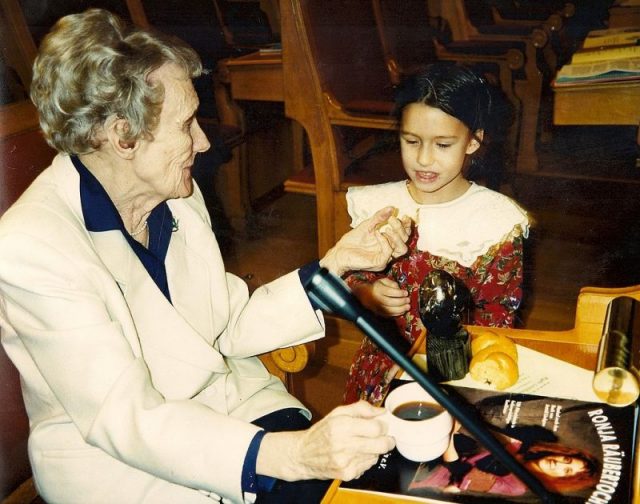
Astrid Lindgren’s tumultuous personal life was not yet free from scandal, however. Her husband, Sture, fell in love with another woman. Though Astrid and Sture did not divorce, he died soon thereafter of a heart attack at 51.
Nor was her life free from controversy. In 1976, she learned that tax laws would effectively charge her a rate of 102 percent. She fought the injustice with her pen, and “won,” sort of, reducing her tax rate to 80 percent, if that’s a victory.
Astrid Lindgren died in 2002 at age 94.
